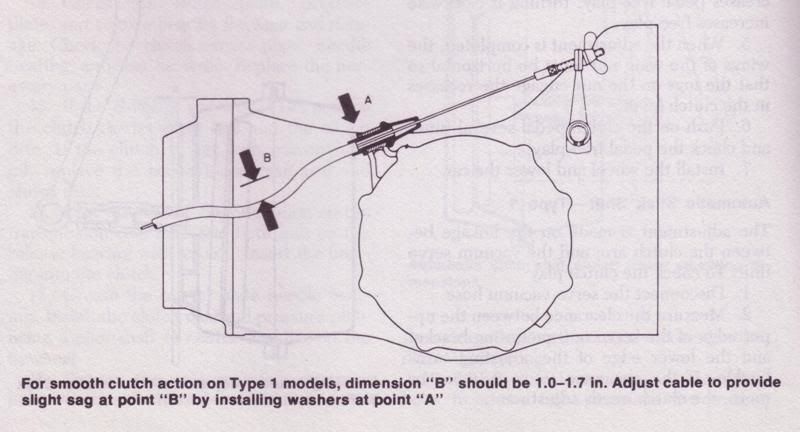When I bought the Bus, the clutch seemed smooth with no chatter. The first time I pulled the engine, the clutch disk seemed very thin so I replaced only the clutch disk (with a Meyle brand disk). After this, I started to notice chatter.
The next time I had the engine out, I had the shop I was working with machine the flywheel and replace the pressure plate with a new Sachs unit. The same Meyle clutch disk was reinstalled.
The chatter was still there and getting worse. So, at the next engine pull, I found the flywheel, pressure plate, and clutch disk looking like this. Notice the heat damage at 2:00 on the flywheel, and at the 12:00 position of the pressure plate. These two areas of heat damage were aligned when assembled.
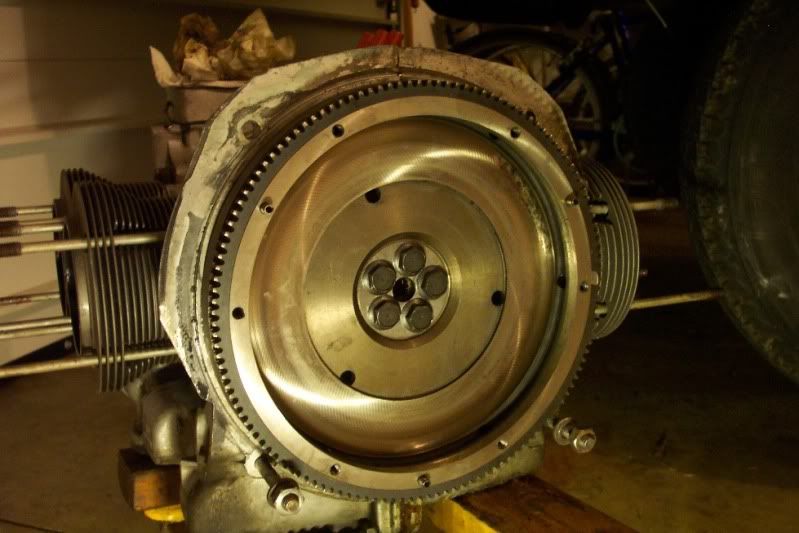
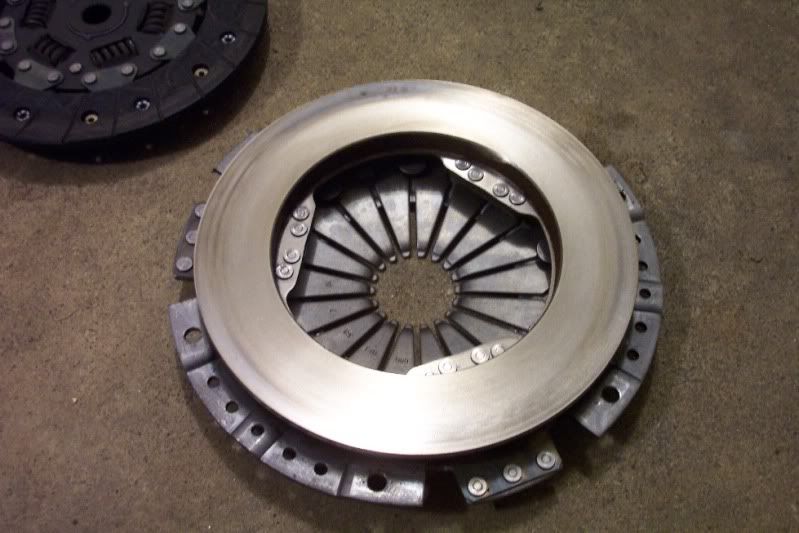

AND, I found that one of the bolts for the pressure plate had failed. No surprise, this bolt was the one nearest the heat damage.

SO, I concluded that the failure of the pressure plate bolt was allowing the pressure plate surface to push out in that area and become non-parallel with the flywheel surface. I thought the heat damage on the flywheel and pressure plate and the clutch chatter was due to this uneven clamping in that location. So, I bought new pressure plate bolts, evenly sanded the surfaces of the flywheel, pressure plate, and clutch disk and put it all back together. The result: No improvement. Then I started thinking that the shop that machined the flywheel did not keep the flywheel mounting surface parallel to the clutch surface.
My plan to fix this is as follows:
1. Buy a new Sachs clutch disk. I've found a NOS one on thesamba for a decent price:

2. Use the original pressure plate. I've just finshed sanding the surface (it got rusty sitting in my garage) and the results are below. Do the photos show anything that would cause concern?

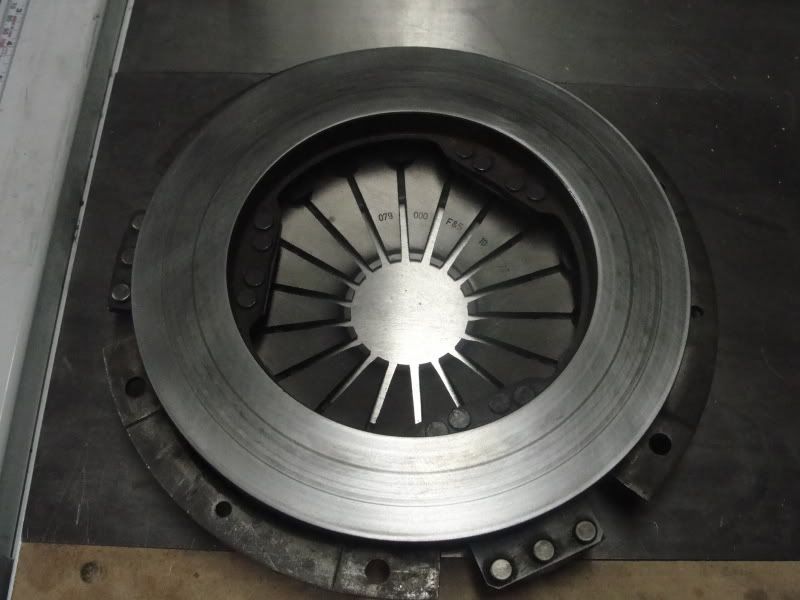

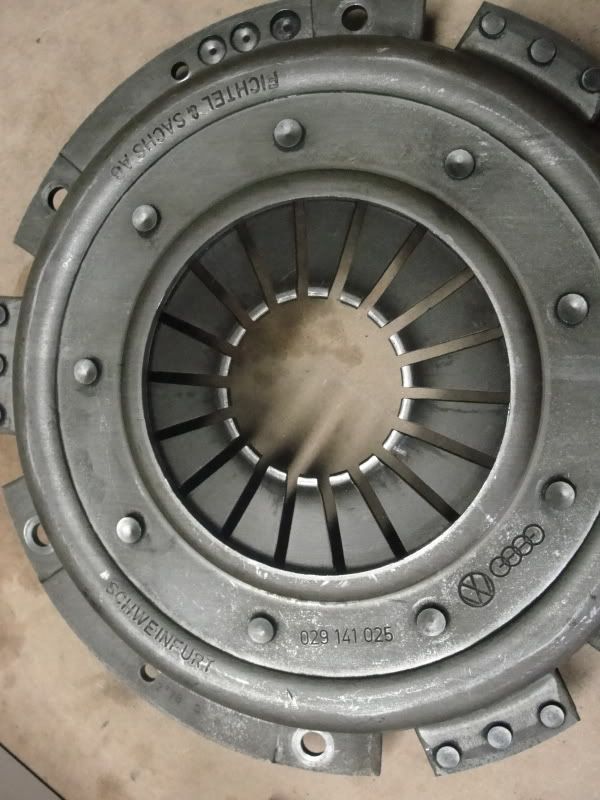
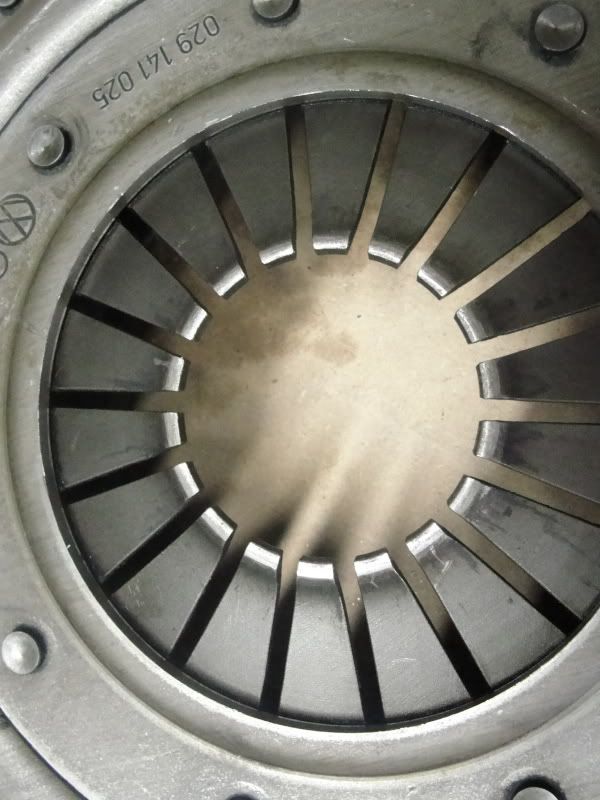
3. At this point, I do not trust any shop to properly machine my existing flywheel, so my plan is to purchase a used one in good condition, clean it up with cross-pattern sanding, and put everything back together. (Too bad I gave away a spare flywheel a while back! Doh!)
Here is the seller's photo of the flywheel that I am considering buying:

What are your thoughts on this plan? My total cost to go this route will be approximately $75.


